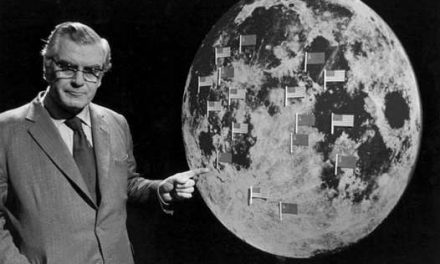International coproduction, which Michelle Hilmes (2014:10) defines as “a partnership between two or more different national production entities” located in different countries, is exerting a notable influence on the creation of new high-end TV dramas produced outside the US. As ‘peak TV’ continues to expand the annual volume of US-produced TV fiction to unprecedented levels (Koblin 2020), continuing audience demand for distinctive original drama is fuelling new opportunities for high-end drama production in a larger range of countries. The important consequence has been an increased cultural and/or linguistic diversity for high-end dramas produced for international distribution. Attended by a new emphasis on serial form and storytelling, this development and diversity is exemplified by Babylon Berlin (ARD/Sky Deutschland/Netflix), Anne With An E (CBC/Netflix), My Brilliant Friend (Rai/HBO), World On Fire (BBC/PBS), Bad Banks (ZDF/Arte) and Finnish/Spanish example Paratiisi/The Paradise (YLE), among others. These dramas make visible and treat as a matter-of-fact the cultural diversity and encounter that Janet McCabe (2017) indicates were previously treated as disruptive to the imagination of the national community that broadcasters sought to represent.
While regional funding schemes and content regulations are making their own contributions, the expansion and cultural diversification of non-US high-end drama can also be attributed to the institutional capacities of ‘multiplatform’ television (Dunleavy 2018). As a label that recognises the internet as a pervasive platform for television, this ‘multiplatform’ era is one in which broadcast, cable/satellite and internet-only TV networks are collaborating as well as competing and the earlier distinctions it was possible to make between internet-distributed and so-called ‘legacy’ TV services are beginning to recede. Although international coproduction has always been an option for high-end drama (television’s most expensive form), it is moving to the forefront of TV drama’s international industry in the context of three main institutional and industrial conditions. The first is much higher production budgets and costs for the kinds of dramas that aim to succeed on an international stage. Second, the accelerated international circulation of new shows that internet distribution enables has increased the profit margins and extended the ‘afterlife’ of successful dramas (see Lotz 2019). Third is the commercial necessity for leading transnational networks (indicatively the premium players Netflix, Amazon Prime, HBO and Disney+) to involve themselves in coproduction. In recognition that the offer of distinctive, original high-end drama is pivotal to the allure of premium TV services, US-based premium networks are coproducing with non-US broadcasters and/or non-US drama producers as a means to engage more directly with their national industries and audiences, to comply with content regulations operating in non-US markets, and to increase their subscribers in non-US territories.
By featuring an indicative selection of recent or current high-end TV drama examples, this special issue aims to explain and explore the increased cultural diversity of high-end dramas produced in non-US territories. It aims to demonstrate the importance of current coproduction strategies in facilitating their cultural distinctions, high-end ambition and appeals to an international audience. We invite abstracts for the themed issue that analyse these dramas from institutional, creative media industries and/or representational perspectives. Articles will be approximately 6-7000 words and engage with some of the questions below:
- How are international coproduction relationships changing the industrial, creative, representational, and/or linguistic parameters for non-US TV drama?
- How and why have these dramas deployed international coproduction?
- Public broadcasters continue to use international coproduction to help them finance unusually ambitious and expensive dramas. But how are their drama coproduction strategies and partnerships changing in the multiplatform era?
- How do dramas arising from creative and/or financial collaboration between non-US producers and transnational networks pursue and negotiate cultural specificity?
- Are today’s internationally coproduced dramas – even as their network investors anticipate wider international reach for them than was possible in past TV eras – extending the cultural specificity (or ‘localism’) of non-US high-end drama?
- How is the imagination of cultural specificity impacted by the co-production process?
Please send your abstract of no more than 750 words to Trisha Dunleavy (trisha.dunleavy@vuw.ac.nz) and Elke Weissmann (weissmae@edgehill.ac.uk) by 1 October 2020. The special issue of Critical Studies in Television is scheduled to be published in 2022.
The special issue is part of the outcomes of a Victoria University of Wellington and British Academy-funded project on Transnational Television in the Multiplatform Age for which the editors are principal investigators.





